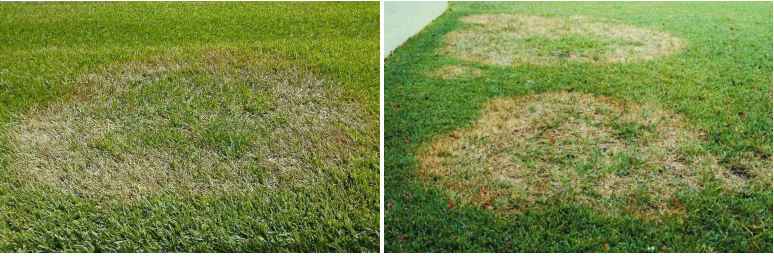Large Patch
Large patch is the most common and damaging disease of warm-season grasses in South Carolina. All turf grasses are susceptible to large patch, however centipedegrass is the most susceptible. Bermudagrass lawns are generally not as severely damaged because its rapid growth allows it to recover more quickly.
Large patch results in thinned patches of light brown areas in the lawn that are roughly circular in shape. These “patches” can range in diameter from a few inches to several feet, and these may merge, leading to even larger areas of damage. In some cases the turfgrass in the center of the patch will recover, leading to a doughnut-shaped look.
Large patch develops when soil temperatures drop to 70 F in the fall, until soil temperatures drop below 50 F in the winter. The reverse is true the following spring when soil temperatures rise to 50 F until early summer when the soil temperatures surpass 70 F. In many cases, the symptoms may not become evident until spring when the grasses are greening up.
Conditions that favor large patch are excessive nitrogen applications during early spring and fall, overwatering the lawn, improper mowing height, excessive thatch build up, and having a poorly drained lawn.
The fall is the most important time to apply preventative fungicides to stop large patch disease from occuring. This is accomplished with 2 fungicide applications in the fall, approximately 21 days apart, followed by a single application the following spring once the lawn has begun to green up.

